Meixiang WANG: Advances in Macrocycles and Supramolecular Chemistry
Pei WANG 2020-11-16
On November 15, 2020, Prof. Meixiang WANG, Chemistry professor from Tsinghua University was invited to the 42nd Science Lecture in College of Science. He gave a talk on advances in macrocycles and supramolecular chemistry-synthesis, structure and properties of zigzag hydrocarbon belts, which was chaired by Haiping XIA, chair professor of Dept. of Chemistry and executive dean of Shenzhen Grubbs Institute.
Guest Introduction:
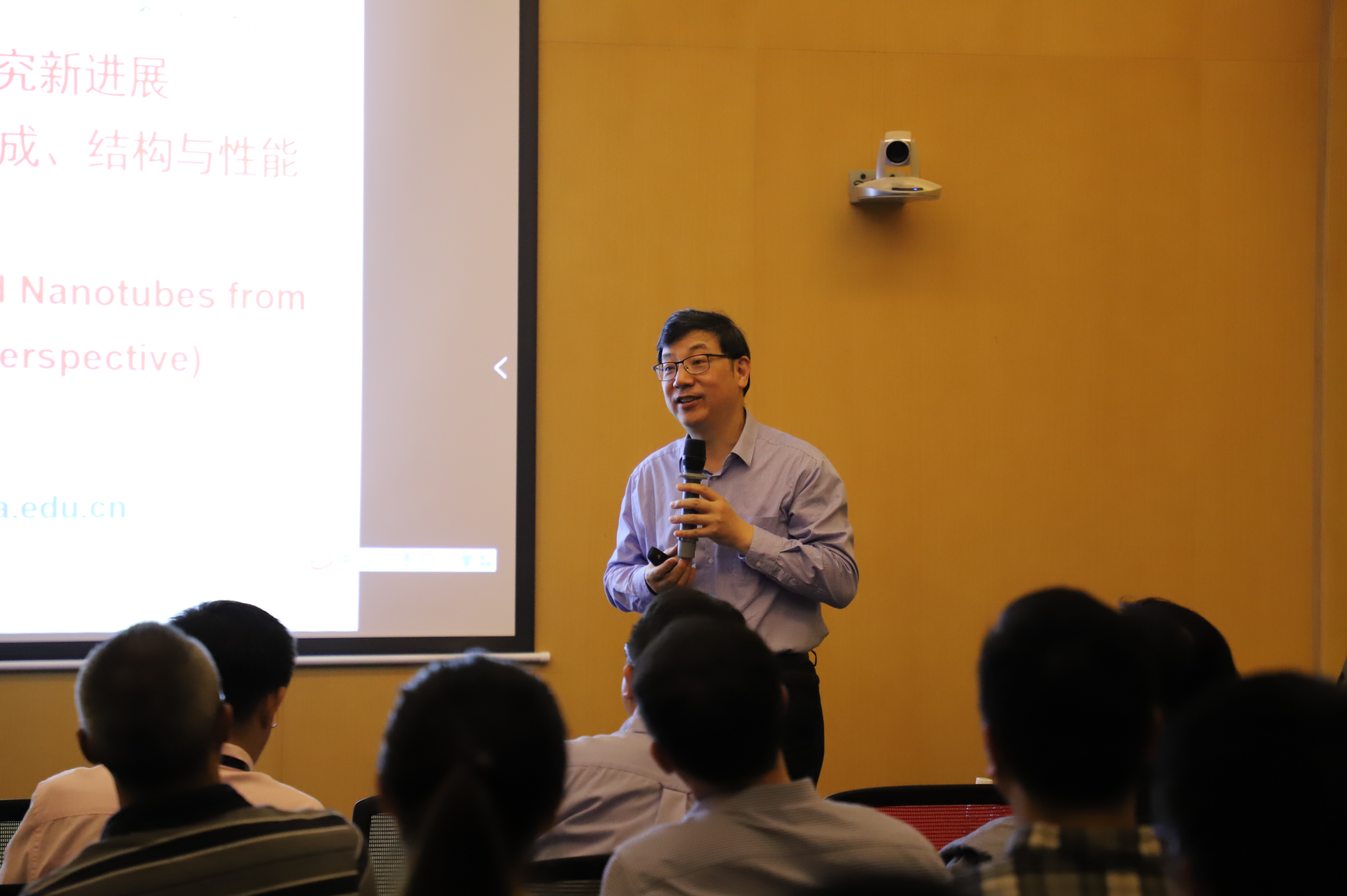
Prof. Meixiang WANG received his BSC degree from Fudan University on 1983. After years of working in the General Research Institute for Nonferrous Metals, he joined in the Institute of Chemistry, Chinese Academy of Sciences, and obtained his MSc degree in 1989 and then the PhD degree in March, 1922. He remained in the same institute and worked as assistant researcher (1992.4-1993.12), associate researcher (1993.12-1997.6), researcher (1997.7-2009.5) and doctoral supervisor (1998.5-2009.5). Since May, 2009, he has been a professor in the Department of Chemistry of Tsinghua University. His main research interests include: design and synthesis, structure and reaction, recognition and assembly of new functional macrocycles-heteracalixaromatics, corona[n]arenes and hydrocarbon belts; Anion-Π interactions; high-valent organic copper chemistry; biocatalysis and catalytic asymmetric reaction.
Lecture Review:
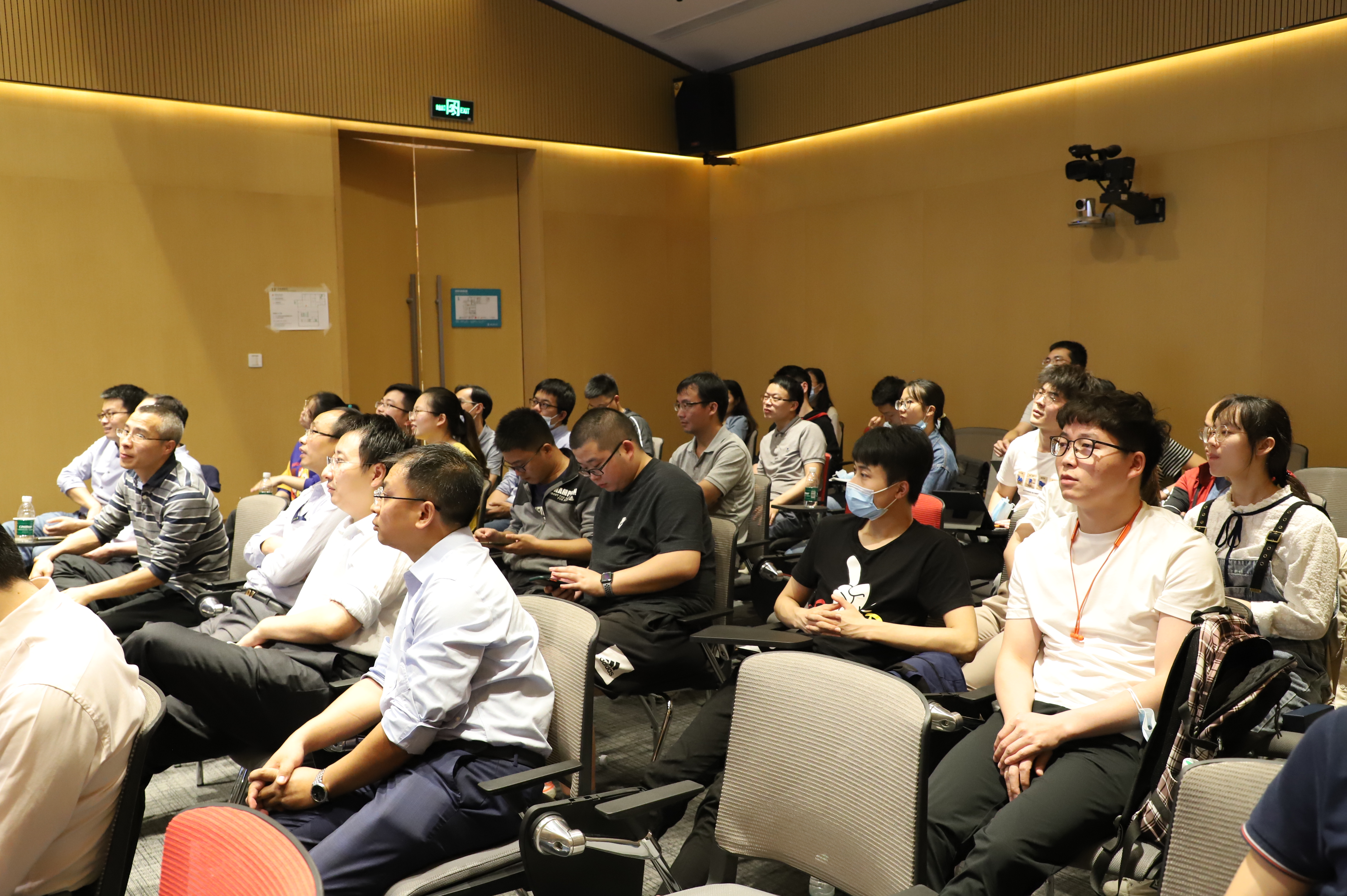
Teachers and students listening to the lecture
Chemists have long been keen to the research of "non-natural products" with beautiful structures and unique properties. Zonal hydrocarbons has been regarded as the shortest unit of carbon nanotubes since 1990s, which has caused an upsurge of research on zonal hydrocarbon molecules. Ring-belt hydrocarbon molecules are double-chain macrocyclic compounds formed by fused carbon rings, which could be in zigzag, armchair or spiral shapes. In recent years, Japanese and American chemists have made breakthroughs in the synthesis of armchair-shaped and spiral-shaped cyclic hydrocarbon molecules. However, due to the shortage of effective synthesis methods and the theoretically predicted high tension and open-shell properties, the stability of zigzag zonal hydrocarbons is undesirable, and the related synthesis research has been stagnant for a long time.
Through experimental research, Prof. WANG’ s research group developed a brand-new strategy of “cross-bay bridge” and a multi-tiered intramolecular reaction method, making full use of the pre-organized single ring structure and cone conformation of the Resor aromatics . By equipping the Soarene’s "Bay Area" with suitable reaction groups, 4 or 6 chemical bridge reactions across the "Bay Area" are realized and ring-belt molecules with different types of skeleton structures are efficiently constructed. Then with chemical modification, a variety of zigzag ring-belt aromatic compounds could be synthesized. Besides, by using low-cost resorcinol as raw materials, Prof. Wang’ s research group successfully synthesized a series of partially hydrogenated nanobelts, functionalized carbon nanobelts and heteroatom-bearing carbon nanobelts with different diameters.
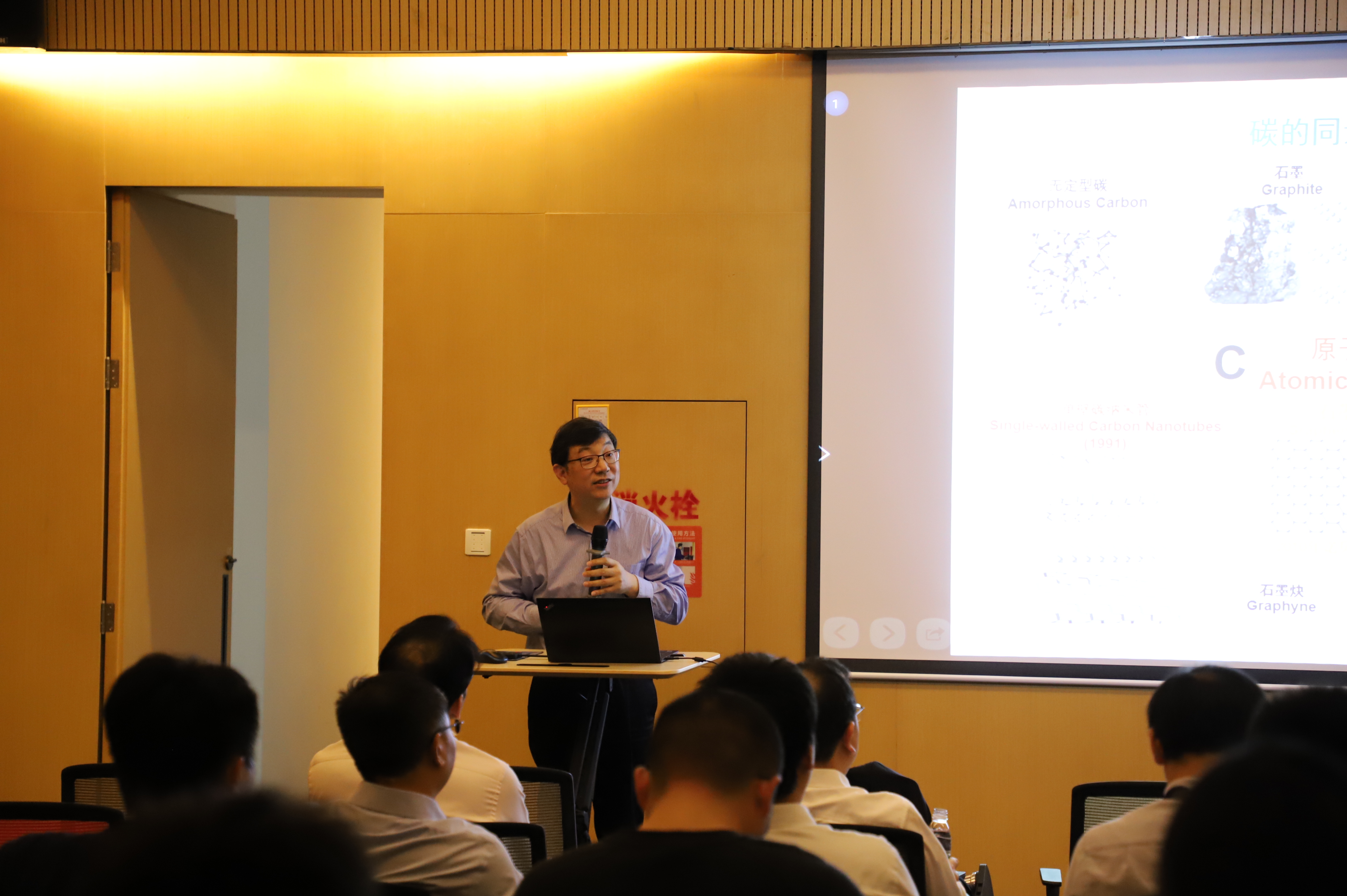
Prof. WANG is delivering the lecture
J. Fraser Stoddart, Nobel Prize for Chemistry winner said that this research has achieved a breakthrough in the design and synthesis of the simplest structure unit containing high tension in carbon nanotubes. It may help achieve more controllable and more precise synthesis of zigzag carbon nanotubes, which could be a significant contribution to the zonal hydrocarbon research.
Interaction:
After the lecture, the audience had in-depth exchanges with Prof. Wang on the limitation of ring size of cyclic aromatic hydrocarbons and the minimum number of rings required for aromaticity of cyclic aromatic hydrocarbons. Finally, Prof. Haiping XIA handed an honorary certificate to Prof. Wang Meixiang, and the teachers took a group photo together.
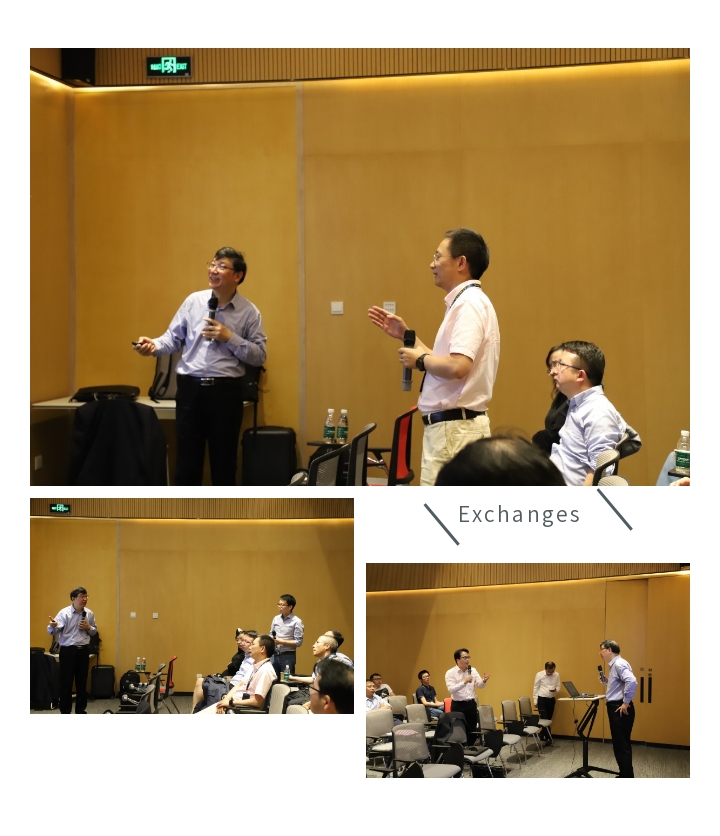
Exchanges with Prof. WANG
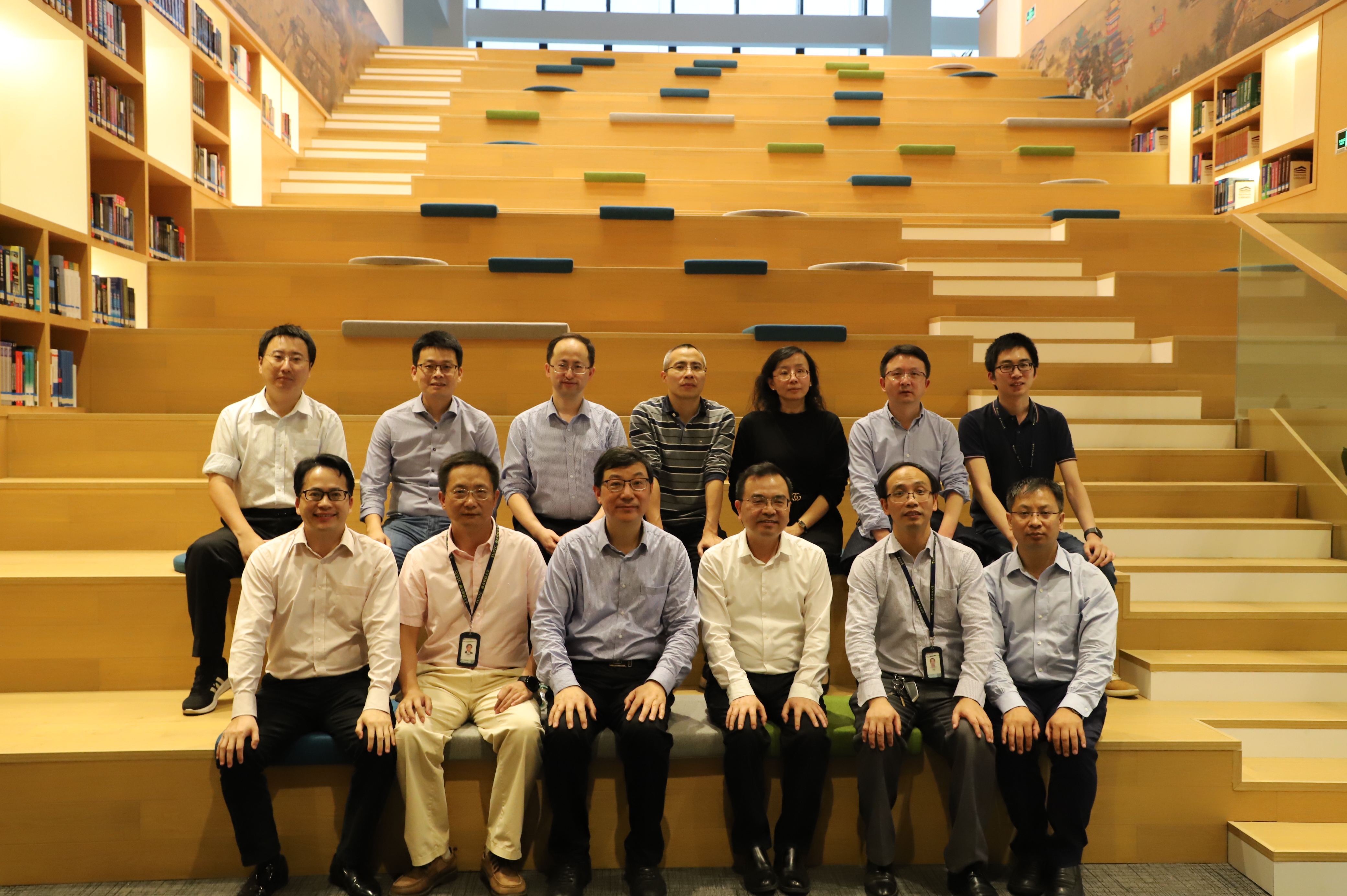
A group photo
Recommended Works:
1、Hydrocarbon Belts with Truncated Cone Structures. J. Am. Chem. Soc. 2020, 142, 1196–1199
https://pubs.acs.org/doi/10.1021/jacs.9b12181
2、Toward the Synthesis of a Highly Strained Hydrocarbon Belt. J. Am. Chem. Soc. 2020, 142, 4576–4580
https://pubs.acs.org/doi/10.1021/jacs.0c00112
3、Zigzag Hydrocarbon Belts. CCS Chem. 2020, 2, 916–931
https://doi.org/10.31635/ccschem.020.202000287
4、Construction of Hydrocarbon Nanobelts. Angew. Chem. Int. Ed. 2020, 59, 7700 –7705
https://doi.org/10.1002/anie.202002827
5、Stitching up the Belt[n]arenes. Chem, 2020, 6, 826-829
https://www.sciencedirect.com/science/article/pii/S2451929420301327?via=ihub




